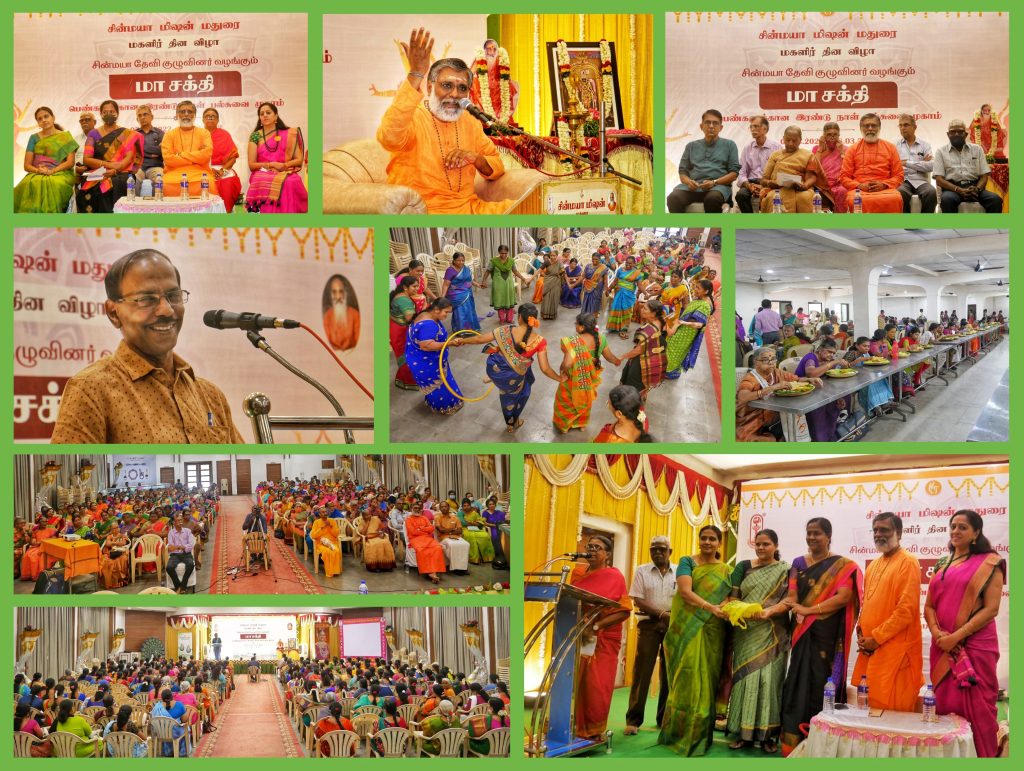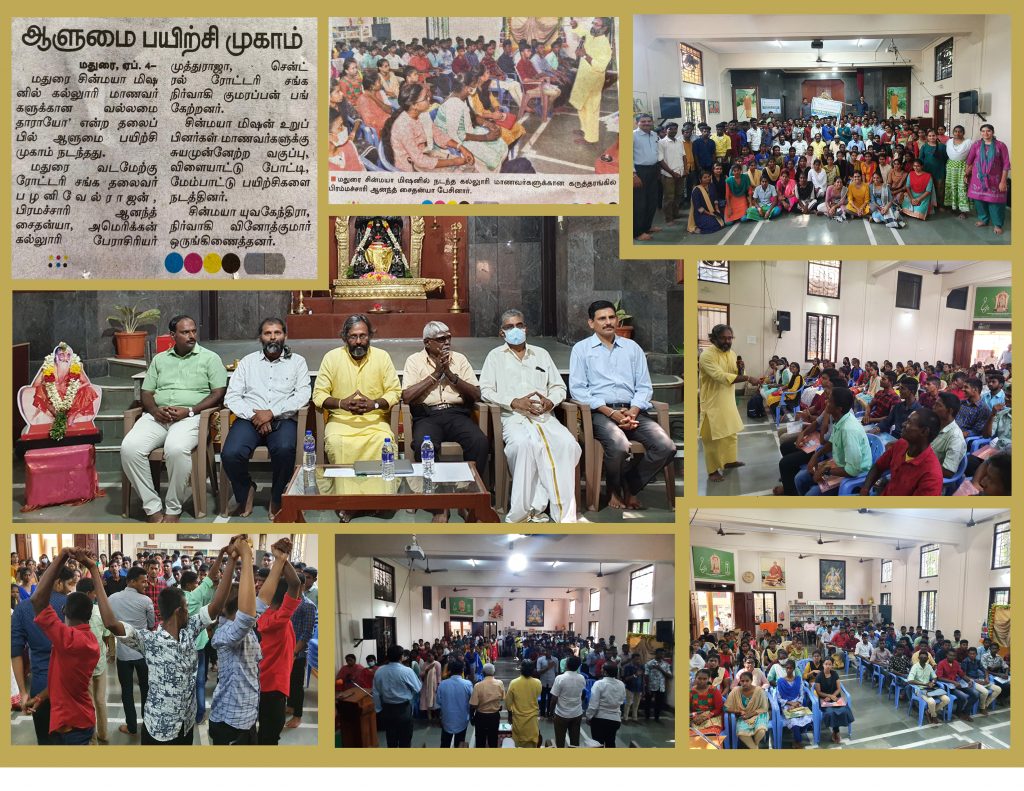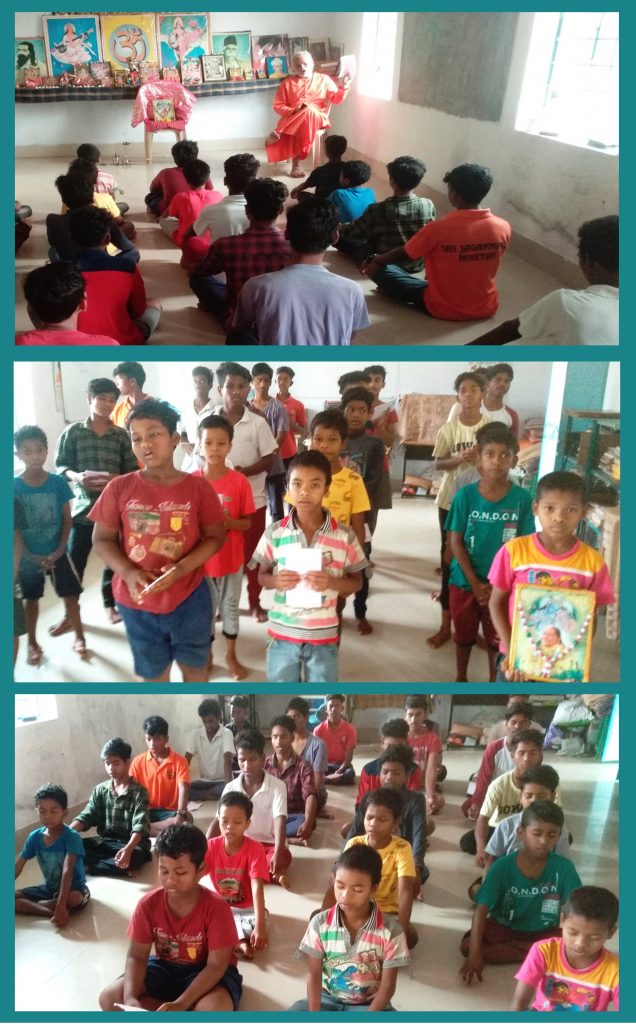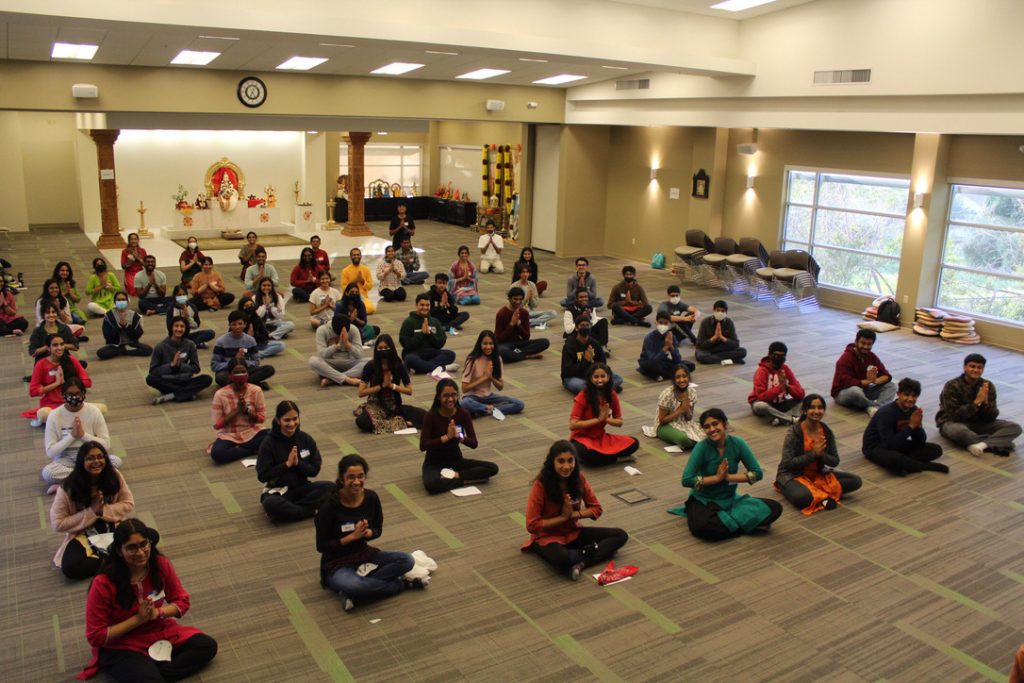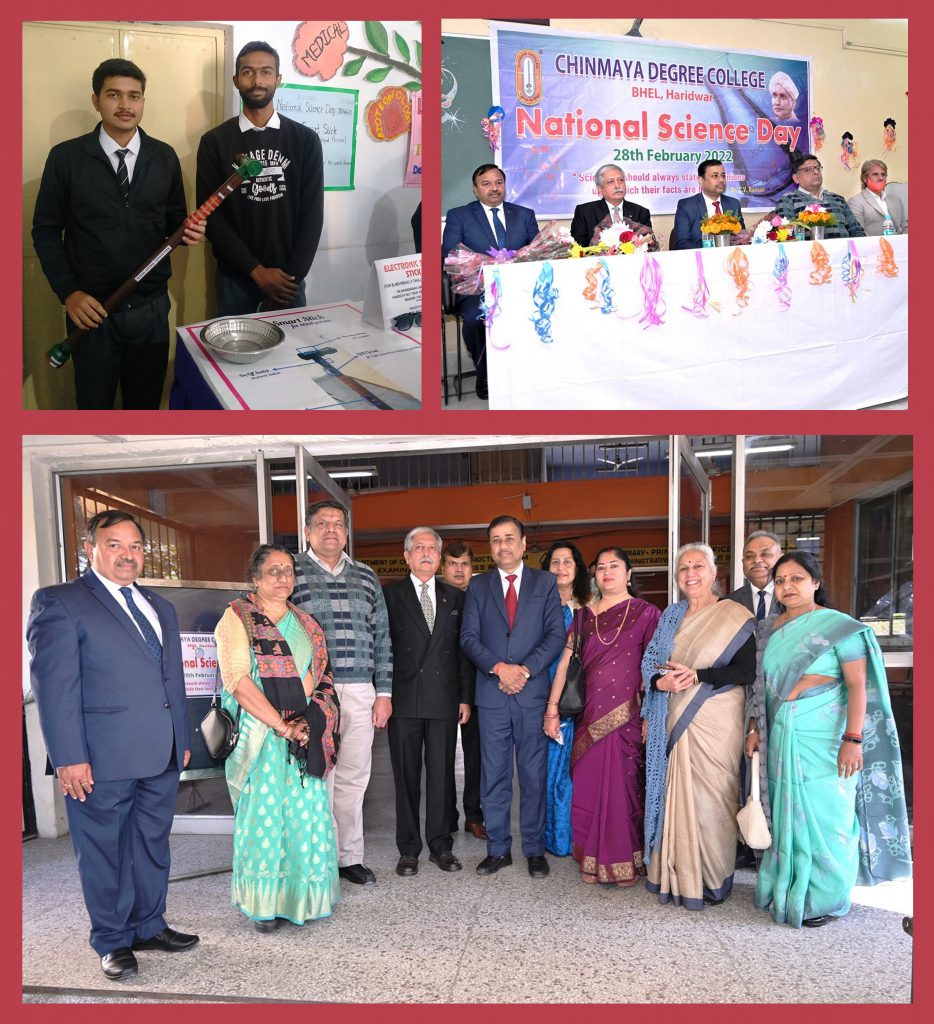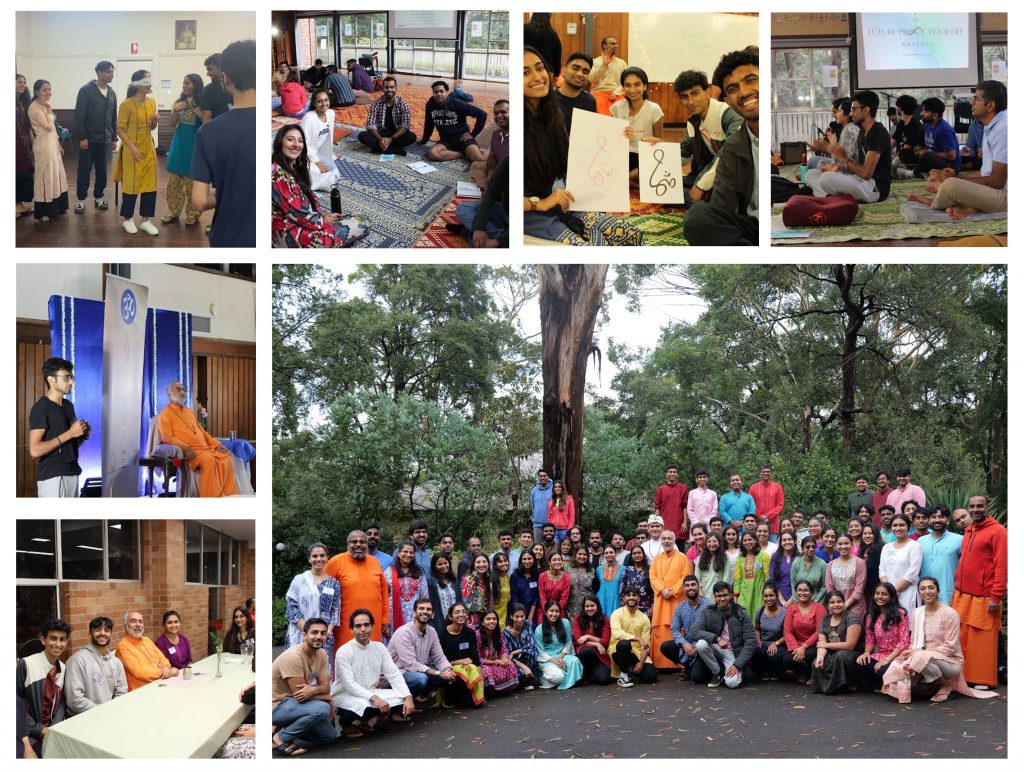We human beings are strange. It is common knowledge and we know that anyone who is born is going to die. Yet we live under the strong illusion that the day is far away. We refuse to appreciate the play of Time.
The Time Factor
Our life span perishes continuously. As we see, day by day, youth disappears. The days gone by will not return. Time devours the whole world. Material prosperity and worldly wealth are as fickle as the waves of the tidewaters. Our life is like a flash of lightning. Therefore, I have surrendered to You (God). Please protect me.
Just like a person watching a thief taking away his belongings, we watch as time is slipping from our hands. Our life span is continuously reducing, not only every day, but every moment. The youth that we are so proud of and glorify, as though it is permanent, also disappears.
Material prosperity and worldly wealth are as fickle as the waves of the tidewaters. Our life is like a flash of lightning, shining bright and then gone in a fraction of a second! The lightning momentarily illuminates everything and then there is darkness again.
We know we are going to die someday, but we do not know our lifespan. Let us assume a person’s lifespan is 80 years. When he is a year old, we celebrate his birthday and the years roll by. At the 50-year mark, we may ponder for a moment on whether we are growing or reducing in years – depending on which side we are looking from! From a lifespan of 80, 50 years have already gone. The countdown has started. Then, when we turn 60, only 20 years remain, but we are not aware of it!
We believe we will die some day in the future, but even as we watch, we are dying every moment! We relegate this fact to fate and have no control over it. However, we must appreciate the Lord’s generosity and compassion. He has graced all human beings with a most special gift. Without exception, each day, on waking up, we have 24 hours before us, irrespective of whether we are rich or poor, educated or illiterate, man or woman, young or old.
Moreover, Bhagavan has not stipulated how we should spend those 24 hours. He has given us full freedom. Some, who may be referred to as the descendants of Kumbhakarna, spend their time mostly sleeping, or fulfilling various desires, without realizing how much trouble they may be causing to others while acquiring something for themselves.
A few sensible people do think about this and understand that money lost may come back, but time gone never returns. They understand the great wealth of time they have been gifted with. In the transactional world, ‘time is money’ is a well-known expression. Many professionals, management gurus, lawyers and so on swear by this. Given this scenario, what are you doing with the wealth of time at your disposal? Are you under the illusion that you still have much more time left?
Little Time!
The illusion that ‘there is still time’, keeps us bound to this world and we often miss the most important things in life. Therefore, we end up being preoccupied and busy with urgent things or catching up with pending items of daily routine and consequently miss some critical aspects of life and put them on the backburner.
Time does not wait. Bhagavan says, “I have not waited for anybody – be it a raja, maharaja, Mr. World or Ms. Universe, a sannyasi or a sadhu.” Some say, “I am so busy that I don’t even have time to die!’ But Death says, “Don’t worry. I have plenty of time!”
No matter how long your lifespan, when your time is up, nothing can stop death. From the Puranas and Vedas, we learn that the long lifespans of Indra and other gods as well as of Brahmaji also come to an end.
Slowly, the body gets emaciated; we are seeing it. All that denotes youth also disappears. Days that are gone do not come back. Time is money, but we spend all our time in earning mere money and miss the real wealth! Someone aptly said, “The love of wealth has taken away the wealth of love from man’s life.” We spend all our time in earning material wealth and we destroy our health in the process. Later, to regain that health, we spend all the wealth that we have earned!
What can be more surprising than this – even after seeing everyone around us dying each day, man still lives with the hope that death will not touch him! The point to note is that one should not become depressed by thinking of death all the time, but must know how much importance to give to worldly achievements. Yes, it is important to earn through the right means, to utilize one’s wealth for the right causes and not just for indulgence. But to earn, enjoy and share wealth is not the final goal. We have to grow out of that stage too.
How would a fifteen-year-old look if he carried around the teddy bear he played with as a toddler? We have to understand that worldly things perish and can never give us everlasting peace, satisfaction and happiness. We must worship the Lord and gain the real wealth of life – our own Self.
Seek and Surrender
A true devotee prays at all times: “Bhagavan I have understood, I cannot live beyond my lifespan, nor can I depend on worldly wealth. I cannot depend on people, though I love and serve them. I can only depend on You. Everything is an illusion; therefore, please protect me. O Lord, I have surrendered to You now. I have heard that You have never turned away anyone seeking Your shelter and You never look at their past records, whatever it may be!”
In the Gita, Shri Krishna also states – Abandon all varieties of dharmas of the body, mind and intellect; simply surrender unto Me alone. I shall liberate you from all sinful reactions; do not fear.
Understand that the world we see is impermanent, the only permanent factor is the Lord. So if we run after the impermanent alone, the permanent is lost and the non-permanent does not remain in any case. Therefore, we get nothing!
There is little time. Let us not waste it. Seek. Seek only the permanent.
Swami Tejomayananda
Published in Sikkim Express on 25 March 2022
